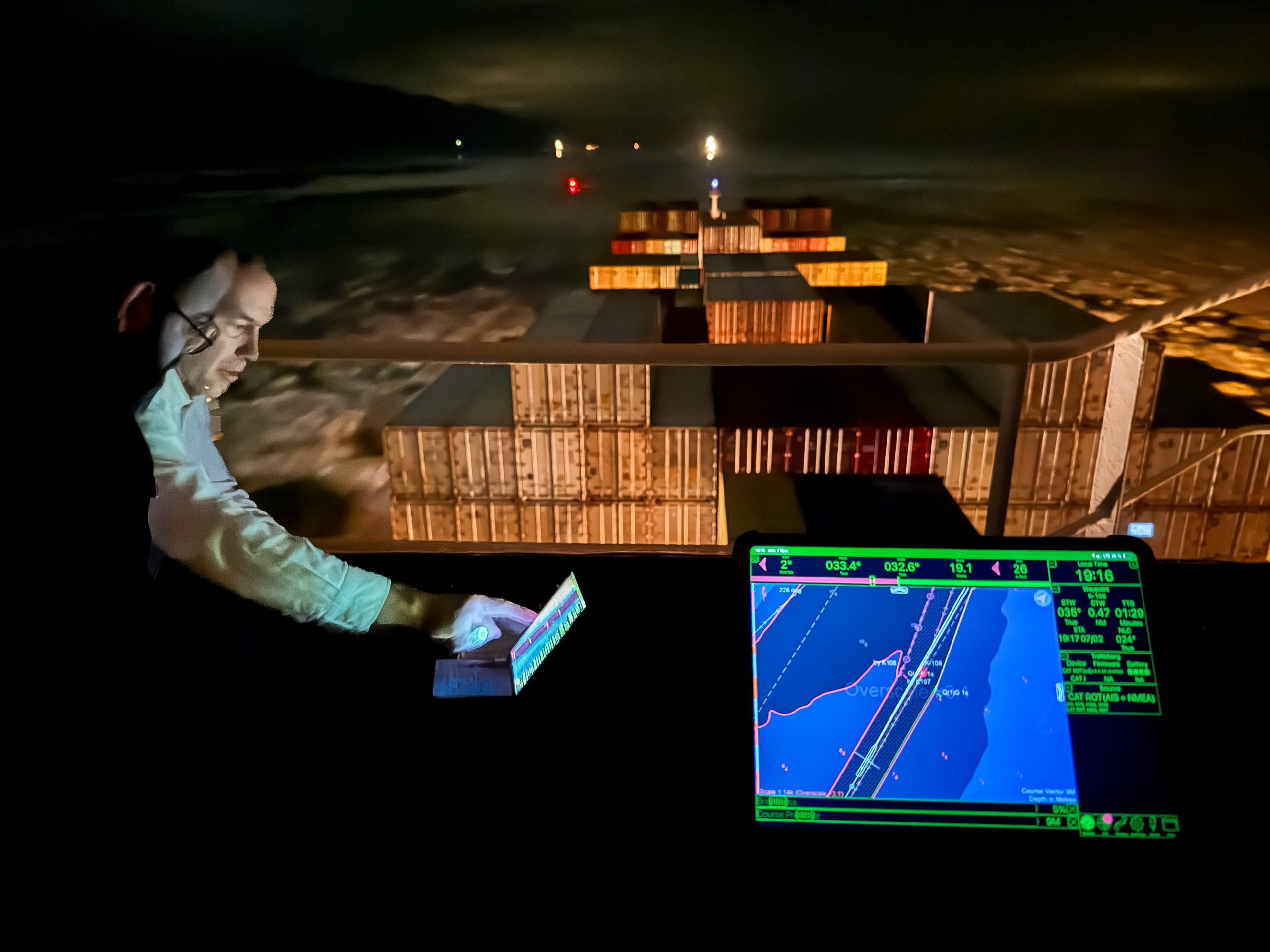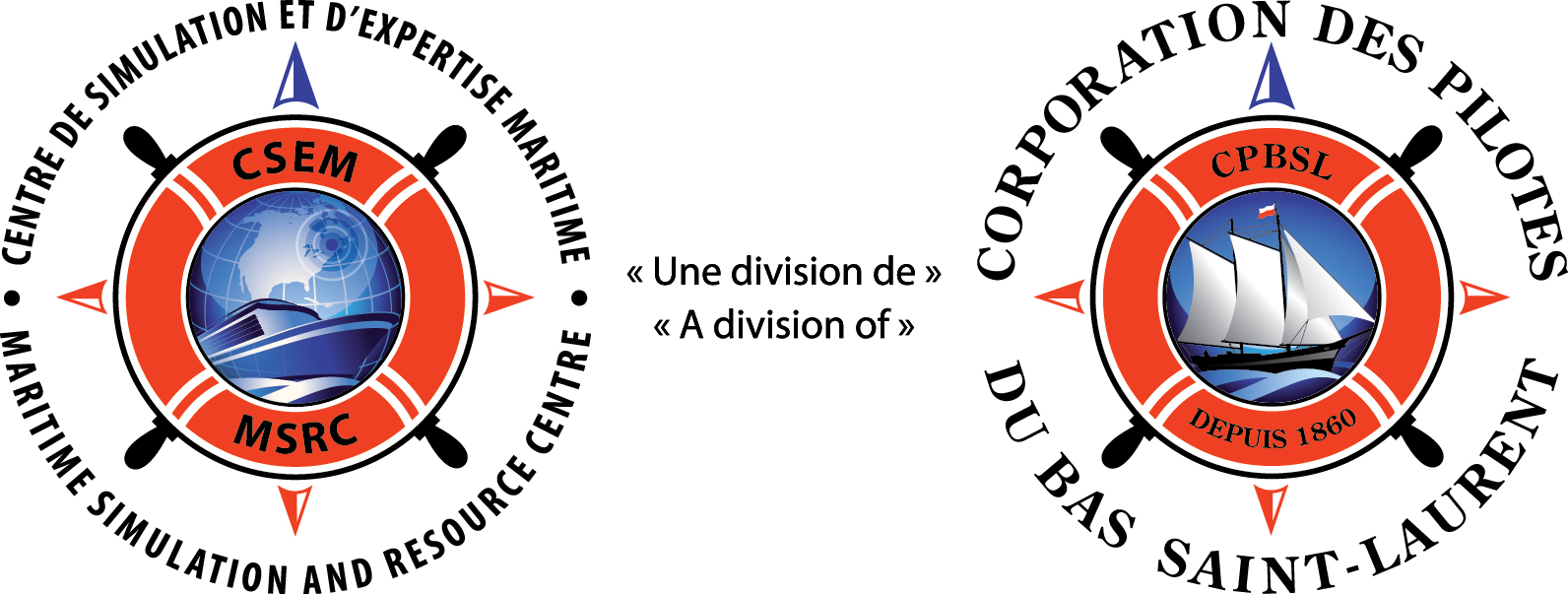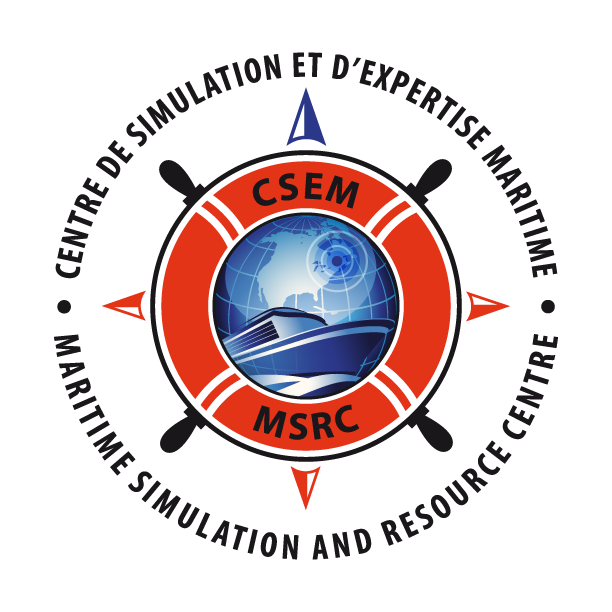
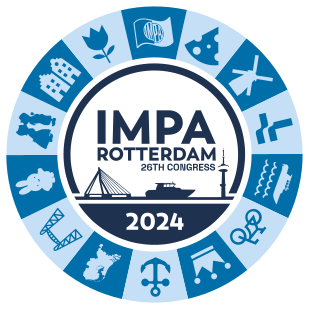


Paul Racicot
Maritime Simulation and Resource Centre
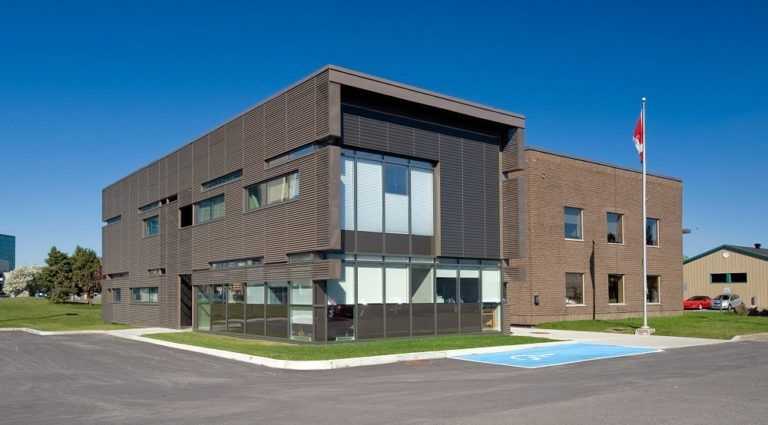
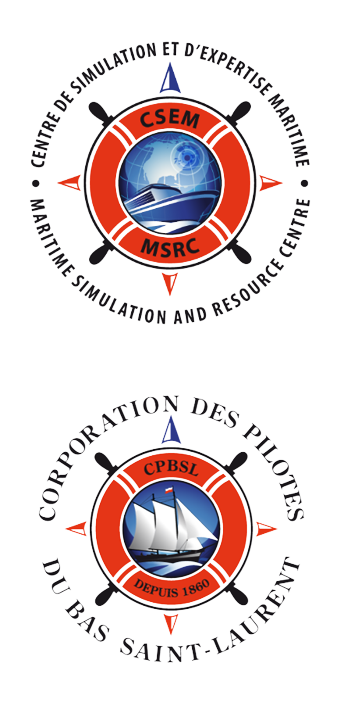
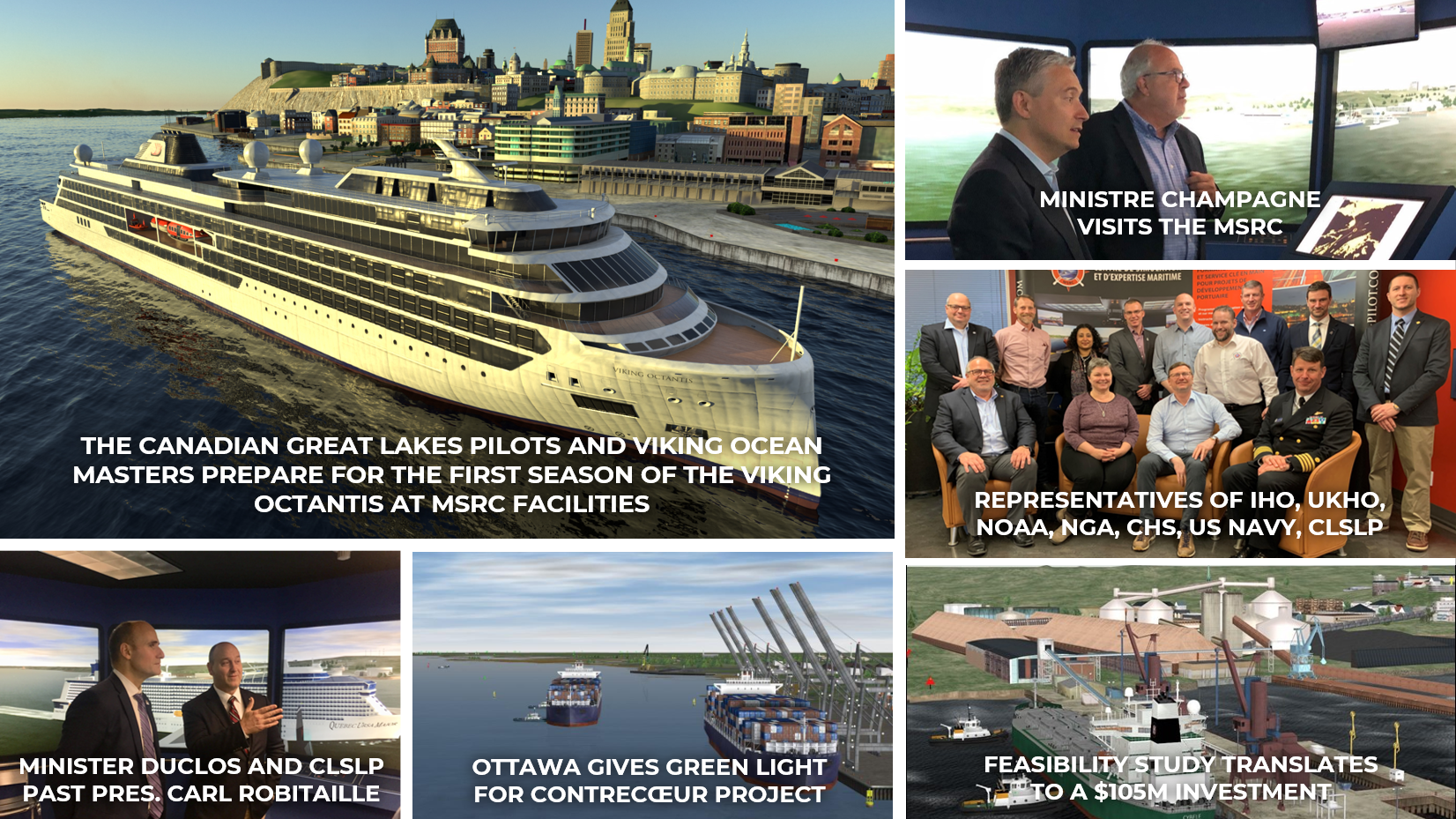
“A situation in which previously distinct industries (Pilotage and Training) begin to pool activities, technological products, and partners”
Johnson, Scholes, Whittington, and Fréry. Strategic. Pearson Education, Paris, 2005
